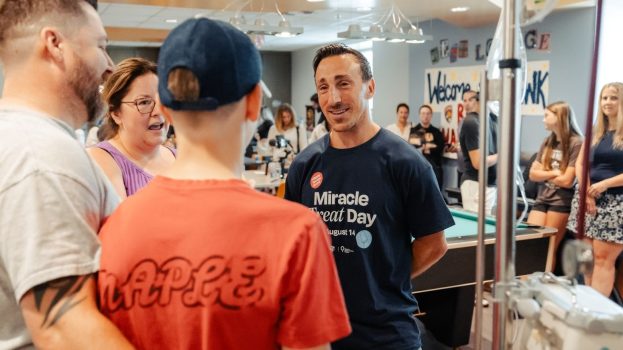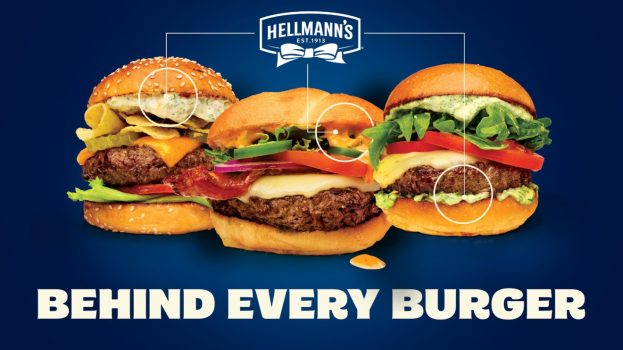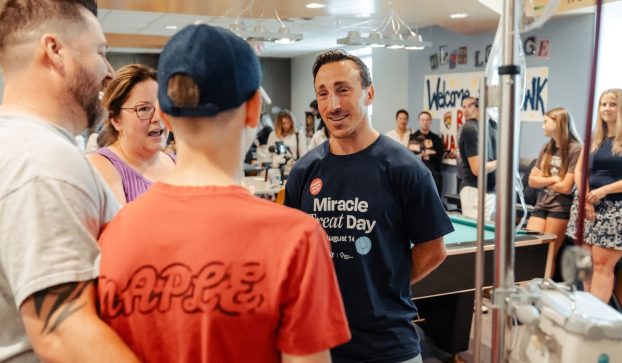Locked within a vault somewhere in the Cadbury Chocolate factory in Toronto is the truth behind one of Canada’s greatest secrets: how they get that soft flowing caramel into the Caramilk bar.
The uniquely Canadian Caramilk Secret is one of the more famous marketing ploys ever initiated by a confectionery brand, captivating Canuck imaginations for close to 50 years. In that time it’s helped propel Caramilk to Canada’s top-selling chocolate bar. Cadbury itself is Canada’s most successful confectionery brand in an almost $2 billion industry that grew by 4% last year.
Cadbury, which sold its first chocolate bar in the U.K. in 1905, has a penchant for creative, fresh-faced activations that remain faithful to long-standing brand lore (like the Caramilk Secret). Its consistently quirky take on confectionery marketing, combined with a recent focus on groundbreaking, wide-reaching CSR initiatives, has helped drive Cadbury’s success over the last few years, especially during a period of recession, earning it a position as one of our Brands of the Year.
Cadbury was acquired by Kraft Foods in a blockbuster buyout in 2010 and its success is part and parcel of Kraft’s recent decision to overhaul its operating platform, splitting itself into two companies: a high-growth global snacks business with an estimated revenue of approximately $31.4 billion ($32 billion US) and a high-margin North American grocery business with estimated revenue of approximately $15.7 billion ($16 billion US).
When it comes to its most closely guarded secret, Cadbury’s become more brazen in teasing Canadians. Most recently, with a tip of the hat to fictional candy aficionado Willy Wonka, it’s been hiding golden keys in Caramilk bars scattered across Canada. Over two years, the program, developed by The Hive in Toronto with online and social handled by Rocket XL, has seen chocolateers lucky enough to find one of the keys trek to the Cadbury Chocolate factory to try opening the vault.
If the vault unlocked, winners were presented with a cheque for $125,000 as well as an envelope containing the Caramilk Secret. If they returned the envelope unopened after six months, and that’s been the case so far, they were presented with another $125,000. The effort this past year was supported by TV spots showing real-time accounts of people unwrapping a Caramilk bar hoping to find a key, OOH ads that were updated, also in real-time, as the keys were discovered, POS and online on Caramilk’s Facebook page.
Cadbury attributes a Caramilk brand equity gain of 12 points in 2010 to the “Key to the Secret” program, and it’s just one of a number of recent successful activations across its range of products. Another is the Cadbury Creme Egg Cad-apult effort that saw the brand “release the goo online” through Google Maps. Users could enter a friend’s address and have a Creme Egg virtually “cad-apulted” at it, digitally gooing their target via an aerial street view. Developed by Taxi 2, the effort tallied 165,000 egg flings, 157 blog posts, 1,337 Facebook likes, and 392,403 visits to the site.
Digital has been an area of focus for Cadbury and a significant strategic component for all of its brands. Mackenzie Davison, director of chocolate and candy marketing, Kraft Canada, is proud of the progress that the brand has made through assets like Facebook. It was the central hub of a third activation, launched in August, for Cadbury’s Mr. Big brand that featured NHL superstar Alexander Ovechkin. Developed by Rocket XL, the “Mr. Big Deal” promo offers Canadians the chance to win $2,500 and airfare to Washington in order to hang out with Ovechkin, simply by submitting a Mr. Big UPC on Facebook.
“Bluntly put, it’s pretty easy to buy yourself a presence on Facebook these days,” says Davison. “It’s a lot harder to engage in a relevant discussion.”
“It all starts with brand building and every idea and activation has to be built off of the brands themselves,” she says. “Our focus on activations has had a really positive impact on our business. When we talk about the impact of Caramilk ‘Key to the Secret,’ or Mr. Big, I absolutely believe they’ve had an impact on strengthening and building the Cadbury brand in Canada.”
What’s been most meaningful to its portfolio, says Davison, has been the Cadbury Bicycle Factory, a Canadian-specific initiative. The idea behind it is that small purchases made in Canada, like a chocolate bar, can have a meaningful sustained impact on people across the globe, or in this case, Africa.
The goal was to create 5,000 specially designed bikes and deliver them to Ghana, where Cadbury has sourced cocoa for over a century. Developed in collaboration with The Hive, the program is centred on Thebicyclefactory.ca, a place where people can turn Cadbury products into bike parts. One UPC produces one bike part, with 100 parts creating a whole bike. Last year Cadbury created a documentary, shot by Frantic Films and directed by Alexandre Trudeau and Booker Sim, entitled Wheels of Change to show the impact the bikes have had on those that received them. It was supported with print ads featuring portraits of kids able to get an education because of their bikes and TV ads that encouraged education.
In its third year, the program has sent upwards of 13,000 bikes to Africa, effectively driving equity for the Cadbury brand (and Kraft by proxy) linked to what it feels it stands for as a company. Certainly, the bike factory is the crown jewel but not the only piece in the Cadbury CSR crown. Four years ago Cadbury established the Cadbury Cocoa Partnership in collaboration with the United Nations Development Program, local governments, farmers, communities and international NGOs. It’s an overarching global commitment to invest close to $100 million to ensure sustainable cocoa farming in Ghana, India, South East Asia and
the Caribbean.
Complementing the Cocoa Partnership is the Cadbury Dairy Milk fair-trade certification that was launched two years ago, ensuring that cocoa farmers are paid a fair and guaranteed price for their crops.
“We are quite proud of the commitment because we are the largest mainstream manufacturer of fair-trade chocolate in Canada,” says Davison. “We have really revolutionized the face of fair-trade chocolate in Canada.”
And it’s with its most iconic brand, Dairy Milk (at least from a global perspective), that Cadbury will be looking to the future. Davison says Cadbury has some exciting things involving Dairy Milk set for 2012, but it won’t be the only brand to step into the spotlight. “From a branded portfolio perspective, next year there are a few that we’re going to increase our focus on.”
Jump to:
























